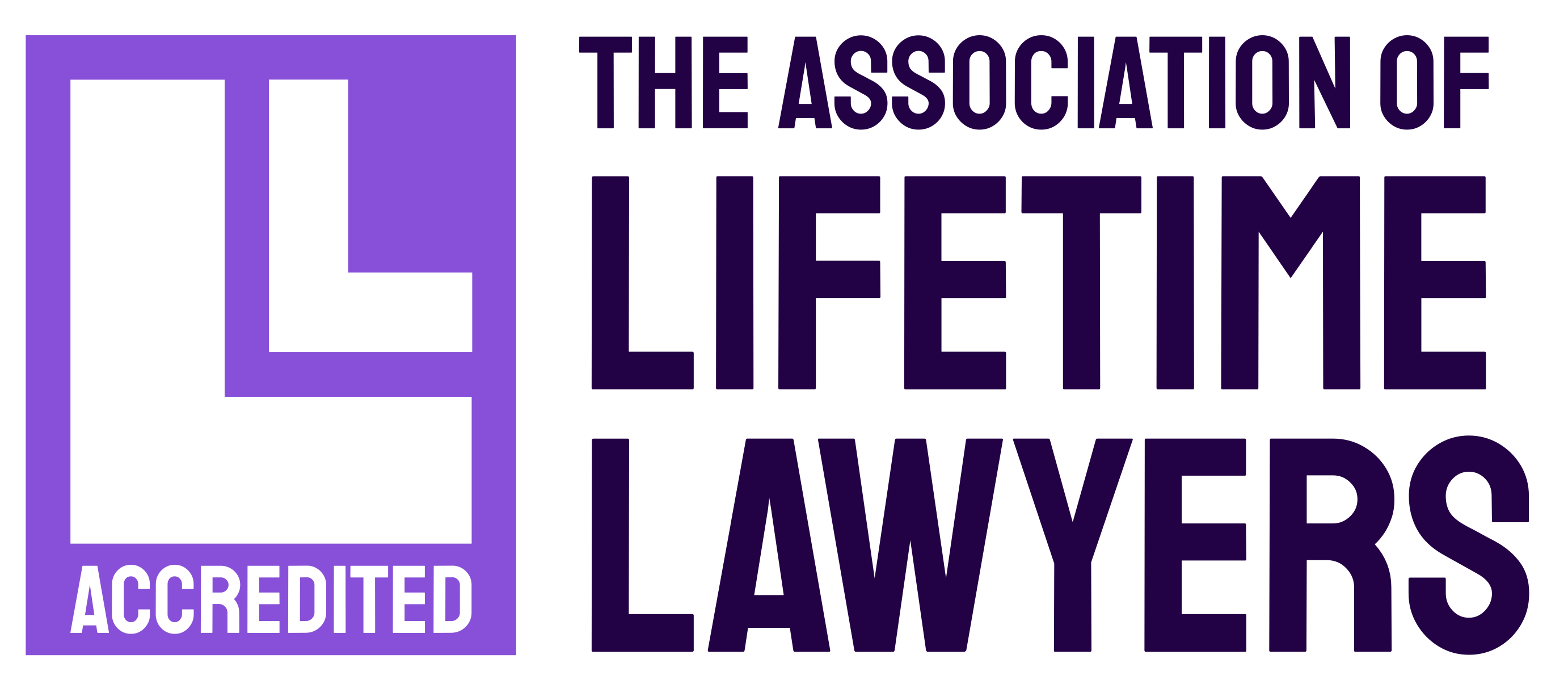News & insights
Does it always make sense to be a NIMBY?
28th June 2016
NIMBY definition: Acronym for "Not In My Back Yard.” A term for a person who resists unwanted development, such as manufacturing plants, prisons, power companies, or chemical companies in his or her own neighborhood or town.
Hardly a week goes by when we don’t hear about a local community, somewhere in the region, rising up against a new planning application. And it’s not surprising. For most of us, our home is the single biggest investment we’ll ever make, and understandably, we’ll do anything we can to protect that investment.
Consequently, local authority planning departments are consistently under fire by groups campaigning against housing developments, living in fear that urban sprawl will ruin the character of their settlements, and bring down the value of their properties. But what effect do new developments really have on existing home values? Do they always bring them down and stifle the market? Or is there a positive side, overlooked by anti-development campaigners?
A report published by the London School of Economics (albeit one commissioned by a large housing developer) in 2015, asserts that new housing developments make little noticeable, consistent impact on local house values. It actually goes so far as to suggest that new developments, when completed may even stabilise and improve local house prices. Although there was some concession that fluctuation was possible during the construction period.
These findings did, however, relate to the Midlands and South; areas with a much different housing situation. But if we think about housebuilding in terms of supply and demand, then there must be a sweet-spot, when the number of homes being built creates the market conditions, which optimise property values. In that case, the task for planning departments is to establish what that sweet spot is, and ensure that house building is proportionate to need.
Of course, value isn’t the only reason we take up arms against developers. There’s also the impact on schools, roads and the quintessential character of towns and villages.
Often, however, there can be rewards for a community as part of a planning application. For example, the developer may agree to build a play park, develop a local primary school to make room for more students or improve road access. And, of course, developments inevitably bring more people into town and village centres, which can be good news for retailers.
The Localism Act offered hope of greater community involvement in planning decisions, but has so far failed to live up to its billing. But, local authorities across the country must now produce local plans, identifying prospective development sites to meet their 30-year housing needs. If they propose to develop a site which may adversely affect your property, the consultation phase can be a good time to start kicking up a fuss, before that land is officially earmarked for housing.
Development proposals can rear their heads at any moment. But they don’t always have to affect the value and saleability of our homes. New housing can transform an area positively or adversely. While existing home owners may have moved in many years before any development plans were mooted, for buyers just starting their home search, it’s vital to take into account whether any new homes are likely to be built nearby and to think about whether that would have an impact on the property value or your quality of life.
Martin Williamson is Head of Residential Property at Latimer Hinks Solicitors in Darlington. Latimer Hinks has a team of around 40 people serving private and corporate clients. For further information: www.latimerhinks.co.uk or call 01325 341500.
Please note: This article is intended as guidance only and does not constitute advice, financial or otherwise.
For further information please contact Martin Williamson

Martin Williamson




